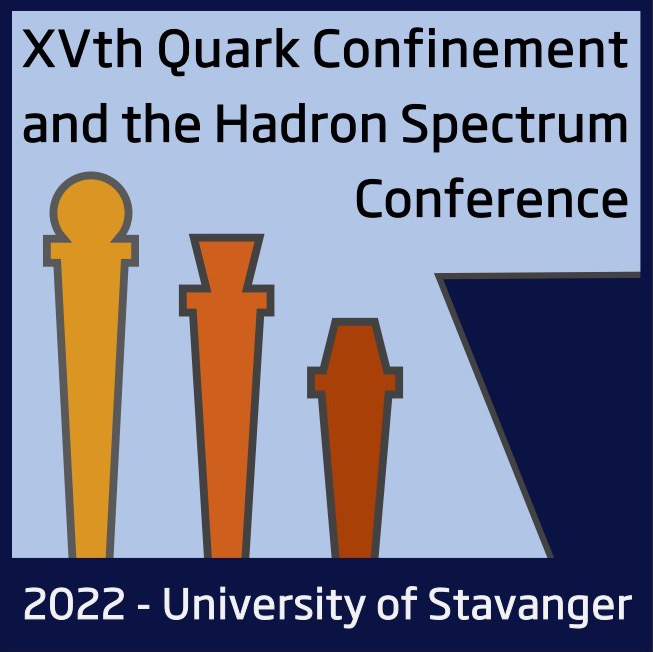Speaker
Description
Electromagnetic radiation from the quark-gluon plasma (QGP) is an important observable to be carefully considered in heavy ion collision experiments. At leading order in the electromagnetic coupling and all orders in the strong coupling, the photon and dilepton emission rates can both be determined from the QCD vector channel spectral function. In this talk, I will provide a status update from perturbation theory and lattice simulations. The resummed next-to-leading order (NLO) result has recently been decomposed into transverse and longitudinal components, and extended to non-zero baryon chemical potential $\mu_{\rm B}$. I will discuss how the NLO spectral function holds up to scrutiny from another observable, the Euclidean correlator for the difference between polarisation components, judged against continuum-extrapolated lattice data (at $\mu_{\rm B}=0$). It turns out that the presence of $\mu_{\rm B}$ modifies not only the quark distribution in the QGP, but also the thermal masses that control the necessary screening effects: the outcome for emission rates depends on the photon's invariant mass. Ultimately, these rates can be embedded in hydrodynamical simulations of heavy ion collisions and I will report on new predictions of the dilepton yield at RHIC and LHC energies, as well as low-energy experiments that probe QGPs with net baryon content.

